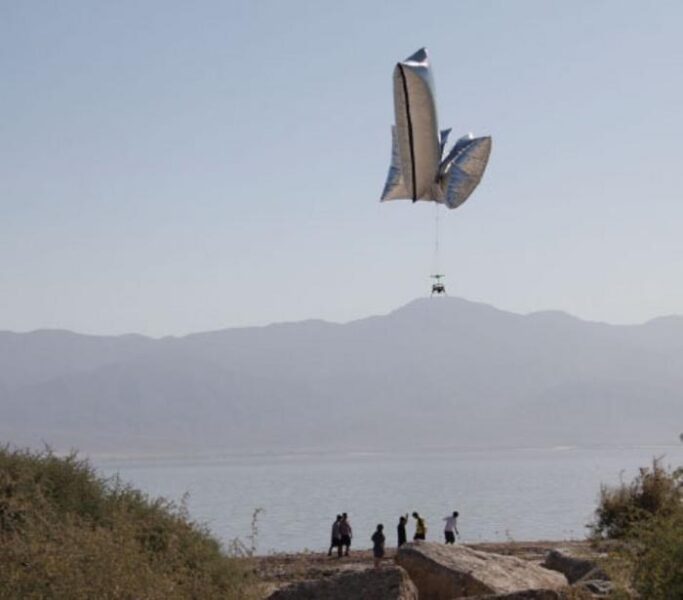Summary: A new study from Loma Linda University reveals California’s largest lake is retreating at an accelerating rate following water policy changes. The exposed lakebed, contaminated with agricultural runoff, is creating increasing amounts of polluted dust that threatens nearby communities. Researchers predict parts of the shoreline could retreat more than 300 meters by 2041.
Journal: Geographies, October 17, 2024, DOI: 10.3390/geographies4040034
Reading time: 4 minutes
A Lake in Rapid Decline
The Salton Sea, California’s largest lake by surface area, is facing a critical transformation. What was once a vast body of water is now retreating at an alarming rate, leaving behind a toxic legacy that threatens nearby communities.
The problem has accelerated dramatically in recent years. Measurements show the average rate of shoreline retreat more than tripled after 2017, increasing from about 12.5 meters per year to nearly 38.5 meters annually after 2018. This rapid change followed a policy shift that diverted more Colorado River water to San Diego.
Community Scientists Track the Changes
This research took an innovative approach, involving local residents in the scientific process. As Ryan Sinclair, the study’s primary investigator explains: “This research was a direct response to a request from the community, which wanted to be involved in impactful research questions to understand shoreline reduction. The community wants to be able to live next to a Salton Sea that they’re proud of.”
Using balloons equipped with cameras suspended 200 feet above the shore, researchers and community members created detailed maps of the changing coastline between 2019 and 2021, comparing their findings with satellite images dating back to 2002.
A Growing Health Concern
The exposed lakebed isn’t just unsightly – it’s potentially dangerous. As the study states: “Without mitigation, the expanding exposed playa around the Salton Sea is expected to worsen pollutant exposure in local communities.”
The dried lakebed contains concentrated agricultural runoff, creating a reservoir of contaminants that can become airborne dust, affecting the health of nearby residents.
Technical Terms Glossary
Playa: Exposed lakebed that becomes visible as water levels drop.
PM10: Particulate matter (dust) small enough to be inhaled into the lungs.
Endorheic Basin: A closed drainage basin that retains water and allows no outflow to other external bodies of water.
Agricultural Runoff: Water from farming areas that carries fertilizers, pesticides, and other agricultural chemicals.
Test Your Knowledge
1. How much has the shoreline retreat rate increased since 2018?
Answer: From 12.5 meters per year to 38.5 meters per year
2. How far is the shoreline expected to retreat by 2041 in some areas?
Answer: 332 meters
3. What height were the cameras suspended above the shore during mapping?
Answer: 200 feet
4. What percentage of the Salton Sea’s inflow comes from agricultural return flows?
Answer: About 90%
Enjoy this story? Get our newsletter! https://scienceblog.substack.com/
If our reporting has informed or inspired you, please consider making a donation. Every contribution, no matter the size, empowers us to continue delivering accurate, engaging, and trustworthy science and medical news. Independent journalism requires time, effort, and resources—your support ensures we can keep uncovering the stories that matter most to you.
Join us in making knowledge accessible and impactful. Thank you for standing with us!

